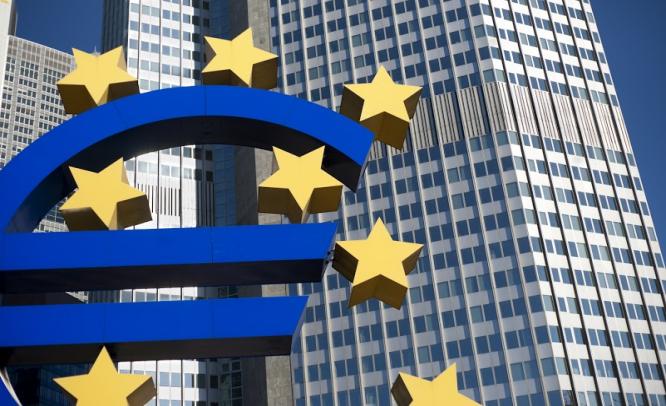ING analyst Carsten Brzeski believes that the European Central Bank has played its last trump card
January 23, 2015: The ECB on Thursday finally entered the global QE arena. Instead of keeping some aces up their sleeves, the ECB showed its entire hand: a fully-fledged QE programme with exact numbers; a €1.1 trillion quantitative easing programme to boost the economy. At least when it comes to the precision and details presented, the programme is bolder than expected.
The arguments supporting the QE decision have been known already for a long while. Low inflation expectations, negative inflation rates, disappointing results from earlier liquidity and credit-enhancing measures and an overall bleak outlook for growth are convincing arguments for the ECB to act again. According to the ECB, additional asset purchases are needed to counter two unfavourable developments: weaker-than-expected inflation dynamics and heightened risks of a too prolonged period of low inflation.
As regards the details, the ECB announced to expand the current asset purchase programme (of ABS and covered bonds) by including government bonds. For the first time, the ECB also presented a monthly target for its purchases. As of March, the ECB will start purchasing “euro-denominated investment-grade securities issued by euro area governments and agencies and European institutions in the secondary markets”. Or in short, government bonds and supranational bonds.
The ECB’s purchases will be based on the national central banks’ shares in the ECB’s capital key and the ECB plans to buy government bonds with maturities between two and 30 years. However, according to ECB President Mario Draghi, the purchases will be limited to 33% of each issuer. The statement that “some additional eligibility criteria will be applied in the case of countries under an EU/IMF adjustment programme” means that the ECB could also buy Greek bonds, at least as long Greece stays in a bailout programme. Moreover, the ECB also announced scrapping the 10 basis point premium on all six remaining TLTROs.
With the amount of €60bn per month and the intended duration of the programme until the end of September 2016, the ECB could return the size of its balance sheet back to €3 trillion. Given the amount of purchased ABS and covered bonds so far, the ECB will indeed have to buy government bonds for at least around €50bn. Despite the hard numbers, the ECB’s commitment was at least semi open-ended as Draghi also said that QE would also continue “at least until we see a sustained adjustment to the path of inflation”.
According to Draghi, the issue of risk-sharing of the purchases was not essential for the effectiveness of monetary policy. Nevertheless, the ECB had to accommodate concerns of some national central banks. As a consequence, only 20% of the purchases will be risk-shared (of which the main part would be supranational bonds), the rest not.
The impact of QE in the Eurozone is highly controversial. If there is at least one single inflationary tendency in the Eurozone right now, it is the amount of articles and opinions on the sense and nonsense of QE. Only time will tell which arguments were right or wrong. Obviously, the ECB hopes for an investment boom on the back of QE and even lower interest rates. However, whether ECB purchases of government bonds will really free new lending space at banks or through higher equity prices room for corporate investment is far from certain. Therefore, the safest bet for a positive QE impact seems to be through a weaker euro exchange rate.
All in all, it seems that the ECB hopes for a happy end of a long fairy tale of fighting the euro crisis. It all started with measures to keep the Eurozone together and has now led to a series of activity –reviving measures (just think of negative deposit rates, TLTROs, ABS and covered bond purchases). There is no guarantee that QE will work. The ECB can prepare the grounds for more investment and activity but it cannot force consumers to spend or companies to invest. This also requires further structural reforms, fiscal support and probably a longer, positive, vision for the entire Eurozone. Against this background, the QE announcement is historic, but it was also the ECB’s last trump card. There are no more hidden aces.
We have heard it often in the past but the flowery phrase that the ball is now back in the court of Eurozone governments has never been more true than today. Even worse, the ECB will not be able to pick it up again if governments try to play it back.
Also Read:

